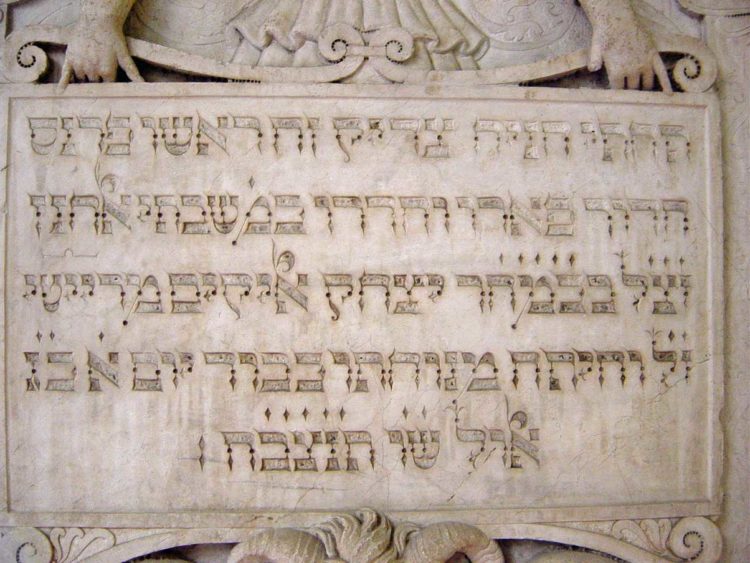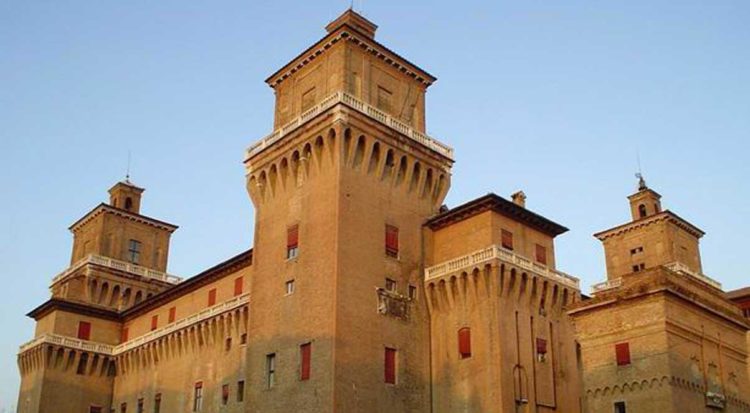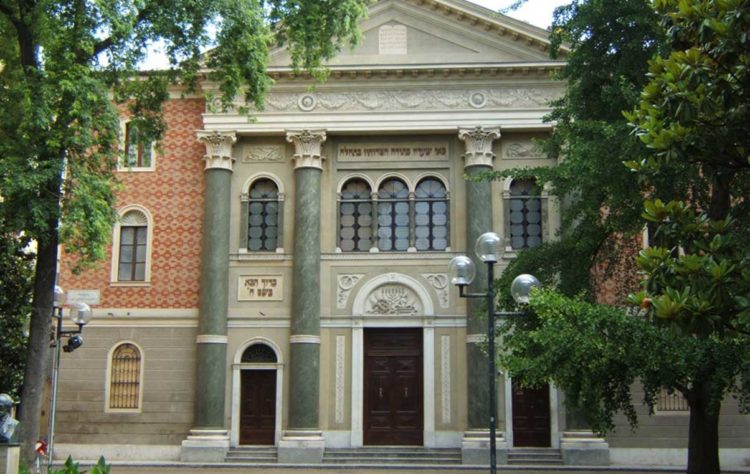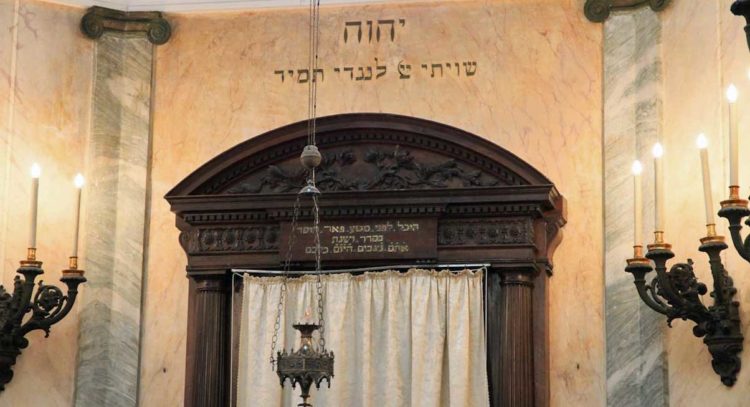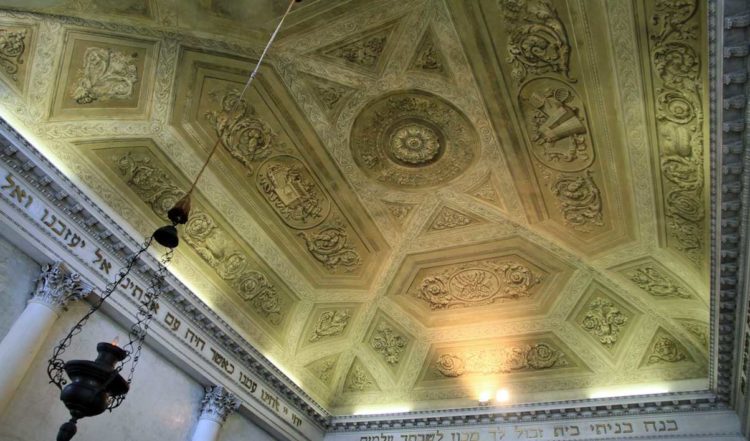The Jewish settlement in what now is Emilia Romagna had begun to gradually spread by the 13th century, with evidence today of a Jewish presence in at least 37 localities.
During the 15th and 16th centuries, the Jewish communities in many centers, big and small, in Emilia and Romagna enjoyed long periods of coexistence and tolerance on the part of local ruling powers. They flourished in the fields of commerce, printing, and studies and followed their own customs and religious traditions.
In 1555, Pope Paul IV decreed the institution of closed quarters for the Jews within the ghettos. Eventually the Jews were expelled from the territories ruled by the Holy See. Thus began the age of the Ghettos, first in Bologna and then, when they came under Papal rule in 1598, in Ferrara, Lugo and Cento.
In the 17th century, bowing to ecclesiastical pressure, the Dukes of Este had ghettos walled in Modena and Reggio, where the Jewish population was more numerous, as well as in Carpi.
The ruling Farnese family did the same thing in the Duchy of Parma and Piacenza. The end of discrimination and life in the ghetto came first during the Napoleonic period and later, definitively, when Jews were emancipated in 1860 and obtained full civic and religious rights.
Bearing witness to this historic presence are:
- Twenty-six localities in which there are traces of an ancient Jewish quarter
- Eleven ghettos that are still more or less intact, in particular those of Ferrara and Bologna
- Thirty-six old synagogues, of which four are still used as houses of worship
- A substantial collection of synagogue furnishings and ritual objects
- Important collections of books and Jewish printed matter that form part of libraries in the region


